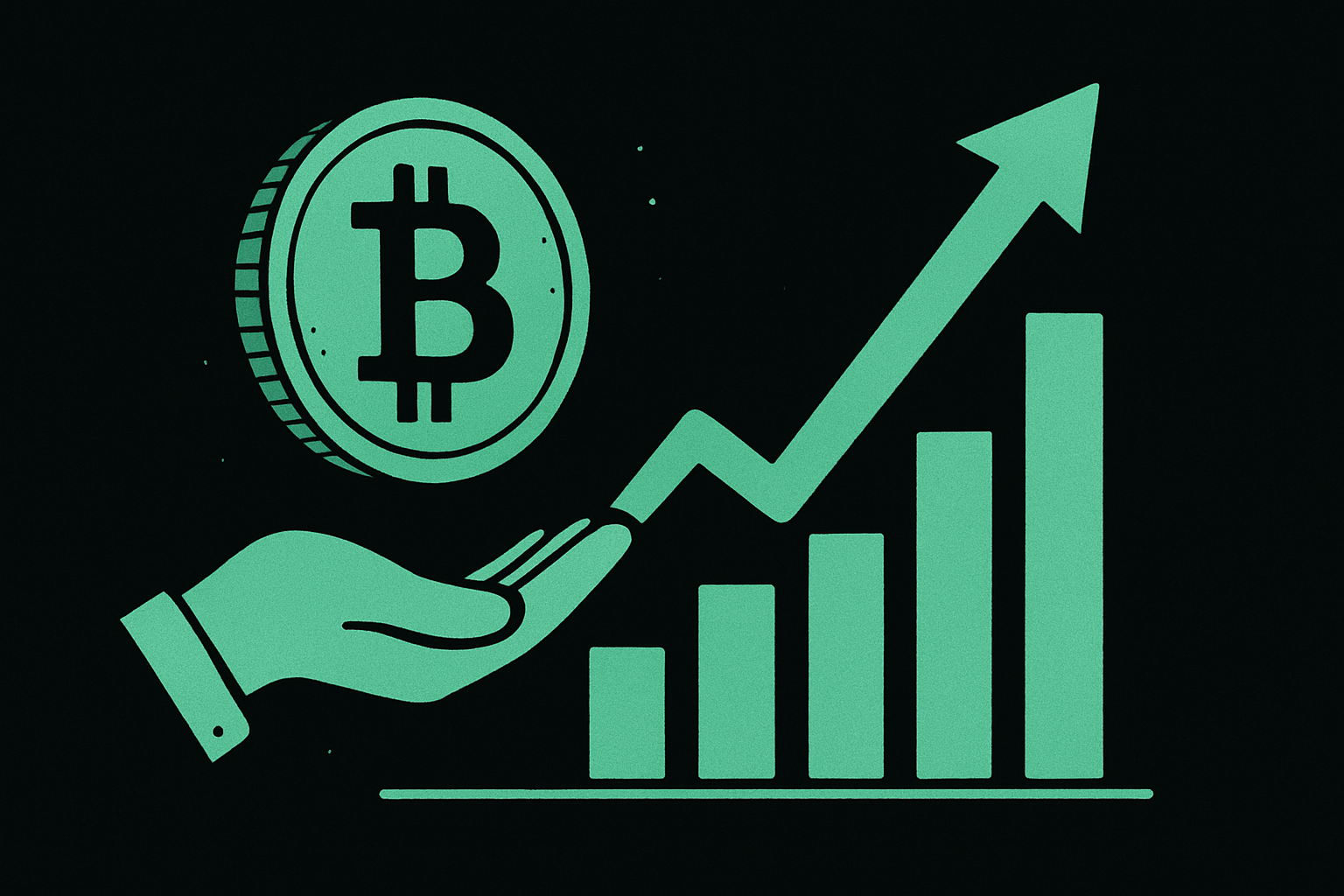ARTICLE AD BOX

- According to a fresh Fidelity Digital Assets report, Bitcoin holders who’ve had their coins untouched for 10+ years are now adding more BTC daily.
- This structural shift hints at tighter supply, increased holder confidence, and potentially stronger price momentum ahead.
The headlines often focus on Bitcoin’s (BTC) price swings or mining activity, but there’s another side of this that is often overlooked. Ancient supply, these are Bitcoins that have been sitting untouched in wallets for 10 years or more. These are the long-haul believers, the early miners, and possibly even wallets that belong to Satoshi Nakamoto, the mysterious creator of Bitcoin.
According to Zack Wainwright, a research analyst at Fidelity Digital Assets, this ancient supply is no small piece of the pie. As of June 8, about 17% of all Bitcoin ever mined has now crossed into this “ancient” territory. That’s a massive amount of digital gold simply sitting in wallets, unmoved, untouched, and increasingly valuable.
On the flip side, new issuance is the freshly minted Bitcoin created by miners, about 450 BTC per day since the 2024 halving, which cut miner rewards in half. The interesting twist? For the first time in Bitcoin’s history, more coins are entering the ancient supply category daily than are being newly issued. This flipping point happened back in April 2024, and the gap has only widened since then.
Zack explains that one way researchers track this shift is through something called the ancient supply HODL rate. This metric subtracts the average number of new Bitcoins mined per day from the average number of coins entering the 10-year holding threshold.
Bitcoin was launched 16 years ago; since then, nearly 3.4 million BTC have now aged into the ancient supply. At a price of $107,000 per coin, as of June 9, that’s a value of over $360 billion just sitting idle. Of that, an estimated one-third is thought to belong to Satoshi Nakamoto, coins mined in the early days and never touched.
Post-Election Sell Pressure?
Wainwright then shed light on a shift in Bitcoin’s long-term holder behavior following the 2024 U.S. presidential election. Since the election, this ancient supply has actually declined on a day-to-day basis about 10% of the time, which is nearly four times higher than the historical average of just 2.5%, based on data going back to 2019.
Investors who’ve held their Bitcoin for five years or more are also showing signs of activity. Since the election, this group has seen its supply decrease daily 39% of the time, almost triple the historical average of 13%. This suggests that even long-term believers are reshuffling, consolidating, or possibly taking profits, especially after strong price performance in 2024.
Wainwright clarifies that this data tracks the movement of coins between Unspent Transaction Outputs (UTXOs), essentially when Bitcoin moves from one wallet to another. So, while some of this activity could be attributed to sell pressure, not all of it means coins are hitting exchanges. When long-term holders start moving their coins, it often raises questions. Are they selling? Are they rotating into other assets? Are they simply rebalancing?
Fidelity still anticipates that the ancient supply will continue to grow, potentially reaching 20% of the total issued supply by 2028 and 25% by 2034. “Using public companies in this projection is an inexact science, as some companies will inevitably move or sell Bitcoin, whereas others not accounted for today could eventually hold 1,000 Bitcoin or more,” Wainwright explained.
Also, the ancient supply could potentially reach 30% by 2035, depending on the public companies that have acquired 1,000 or more Bitcoins. Currently, Strategy, formerly Microstrategy, is the largest BTC holder with 592,100 in its treasuries after recently purchasing 10,100 BTC.
.png)
 5 hours ago
1
5 hours ago
1








 English (US)
English (US)